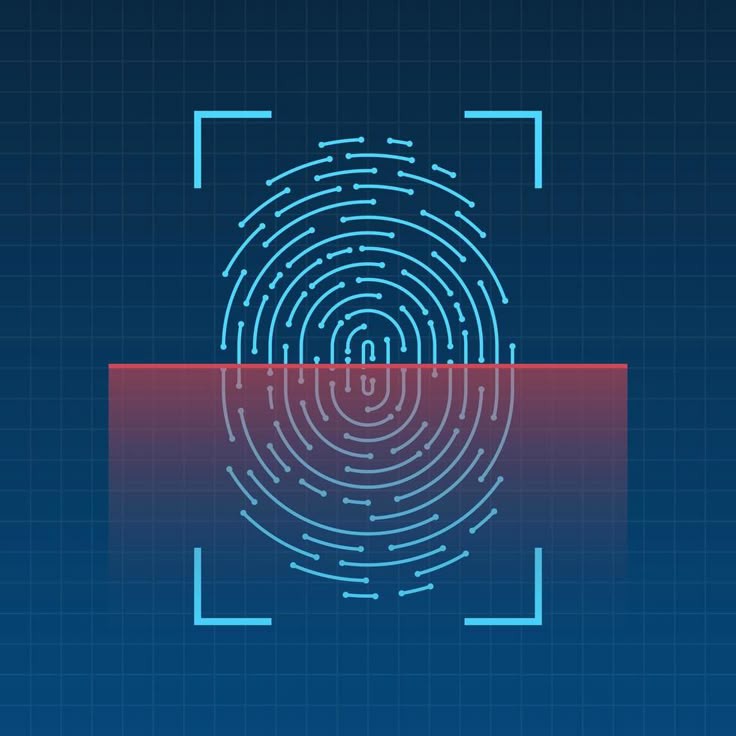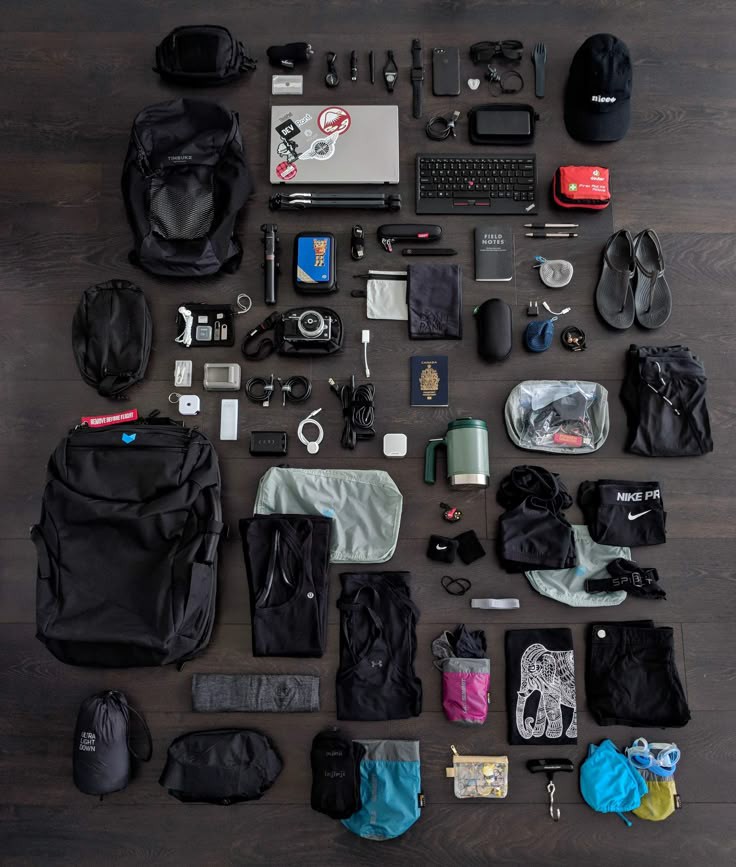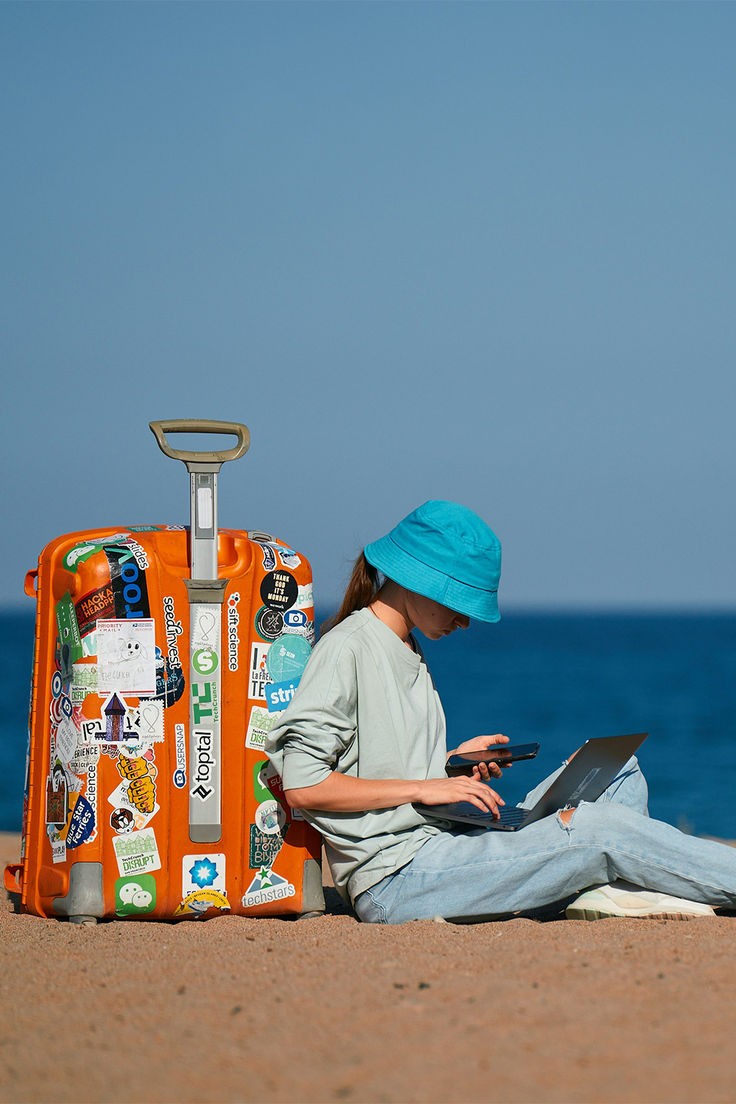"To travel consciously is to move not only through space but through layers of self."
Beyond Geography
Travel has always been more than displacement; it is transformation. Each journey is a subtle recalibration of perception, an encounter with unfamiliar rhythms, and a mirror to our habitual patterns.
Today, the digital age overlays travel with an invisible network: maps, apps, notifications, instant sharing, and constant connectivity. This offers unprecedented access — yet it also introduces friction.
"Conscious travel asks: how do we explore the world without losing the inner landscape?"
The Attention Economy Meets Mobility
Our devices promise efficiency, connection, and discovery — yet they often fragment experience:
- Notifications interrupt immersion
- Social feeds shift attention outward, reducing sensory fidelity
- GPS-driven optimization replaces serendipity with algorithmic predictability
Travel becomes a series of transactions rather than a flow of presence. The modern explorer risks becoming a curator of appearances rather than an inhabitant of moments.
The challenge is systemic: how to integrate mobility, technology, and consciousness without sacrificing depth.
Travel as Multi-Layered Experience
Conscious travel can be approached as a multi-dimensional system, with four interconnected layers:
- Spatial Layer – the physical journey; the sensory immersion in new environments
- Digital Layer – the interface with tools, maps, and networks
- Social Layer – interactions with locals, peers, and fellow travelers
- Reflective Layer – internal processing, mindfulness, and integration of experience
Optimization arises not from minimizing friction in each layer individually, but aligning all layers to support expanded perception and meaningful engagement.
Intentional Navigation
Principle 1: Curate Digital Interactions
Use tools consciously: limit notifications to essentials, batch check-ins, and prioritize contextually relevant apps.
"Treat your phone as a portal, not a leash — a selective bridge to information and connection."
Principle 2: Anchor in Locality
Prioritize experiences that cannot be replicated digitally: walking streets without GPS, sampling flavors, observing rituals.
Allow the body's senses to guide exploration instead of exclusively following algorithmic suggestions.
Principle 3: Build Reflective Rituals
Schedule moments for journaling, sketching, or meditation. Use digital tools selectively to record insights without disrupting immersion.
Let reflection transform transient encounters into integrated understanding.
Principle 4: Design for Flow Across Layers
Coordinate physical activity, social interaction, and digital engagement for rhythm rather than reaction.
- Morning walk without devices
- Selective information gathering
- Deliberate social engagement
- All attuned to energy and focus cycles
Travel as a System of Self
Every trip becomes a practice of calibrated attention.
- Notice how environments affect mood, thought patterns, and perception
- Observe how digital tools can either enhance or dilute awareness
- Treat each interaction, observation, and choice as part of a larger cognitive ecosystem
"Every trip becomes a practice of calibrated attention."
In this approach, travel is not simply a series of destinations. It is an internal journey mirrored in the external world.
The Nomad of Awareness
As mobility increases, the conscious traveler may become the model for the next phase of human experience:
- Seamless integration of location independence with cognitive presence
- Digital ecosystems that anticipate attention and support reflection rather than distraction
- Communities that blend physical and virtual travel, creating multi-layered experiential networks
The modern explorer will not merely move through space. They will move through states of mind, networked realities, and self-conscious attention — creating presence as the ultimate travel companion.
EPILOGUE: BEYOND DESTINATION
The most radical possibility isn't that we need to travel more—it's that we need to travel better.
Move through space with intention.
Preserve the inner landscape.
What if the ultimate destination isn't a place on a map
but a state of presence?
What if we're not just exploring the world—we're exploring ourselves?
The journey is not external.
It is the meeting of outer and inner worlds.
Continue Your Journey
Explore more about conscious living and digital wellness

Digital Privacy as Cognitive Freedom
Exploring privacy as mental real estate - the quiet room where thought learns to breathe

The Modern Creator's Toolkit
Exploring how tools shape creativity in the digital age

The Architecture of Optimal Sleep
Exploring sleep as conscious architecture - a living system that rebuilds the mind each night
